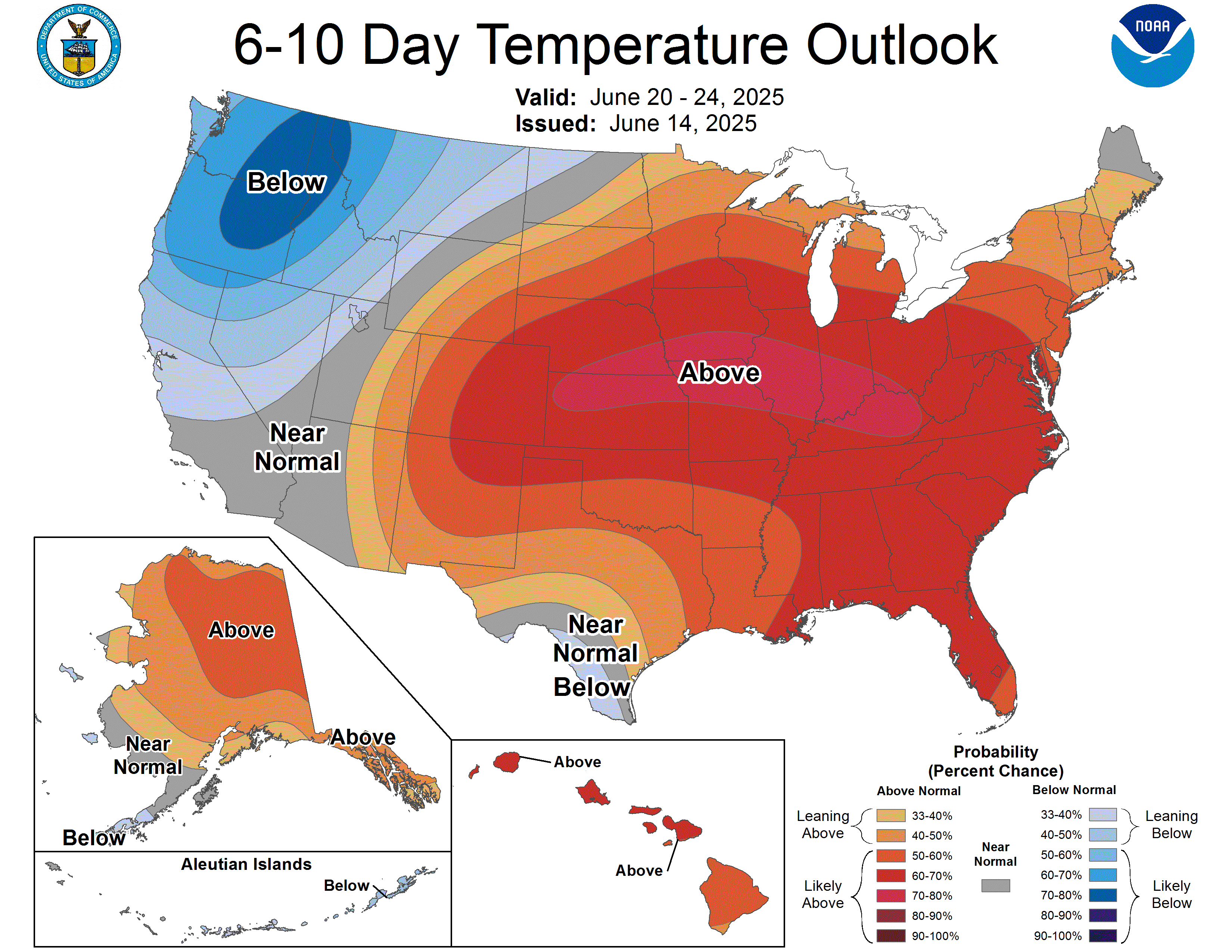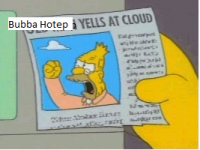orangeblood wrote:That NAM freezing line is 80-90 miles south of the GFS, big difference with huge implications when it comes to freezing rain. Particularly involving a metroplex with over 7 million people
Right now, 0z NAM (and 18z for that matter) are dry at 84 hours out, so definitely no danger (at least at that range) of any frozen precip for the 7 million people. When compared to the 18z GFS, which had surface temps right at or a degree or two above freezing during the same window (also dry btw at 84 hours out) I think the NAM is a tad bit colder but certainly not by 10 degrees (few degrees is what I saw). I think up in that region though, it's not really a question of whether temps hit the freezing mark. I think they will at some point, but as mentioned before roads will be very warm and unless temps fall into the 20's, I think this won't be as significant as the early Feb event and so I think that's great news for that area.
My overall point earlier was across the state as a whole the NAM is not really showing some huge contrast in temps that would lead anyone to believe the globals are out to lunch yet in terms of their handling of the shallow arctic airmass. That may very well happen as we get closer but so far, I think models are pretty close with respect to the strength/progress of the cold pushing into the state. Right now, I actually think the 0z NAM is a bit slower with the front than the 18z GFS was (particularly across SC TX).
 The posts in this forum are NOT official forecast and should not be used as such. They are just the opinion of the poster and may or may not be backed by sound meteorological data. They are NOT endorsed by any professional institution or
The posts in this forum are NOT official forecast and should not be used as such. They are just the opinion of the poster and may or may not be backed by sound meteorological data. They are NOT endorsed by any professional institution or 












